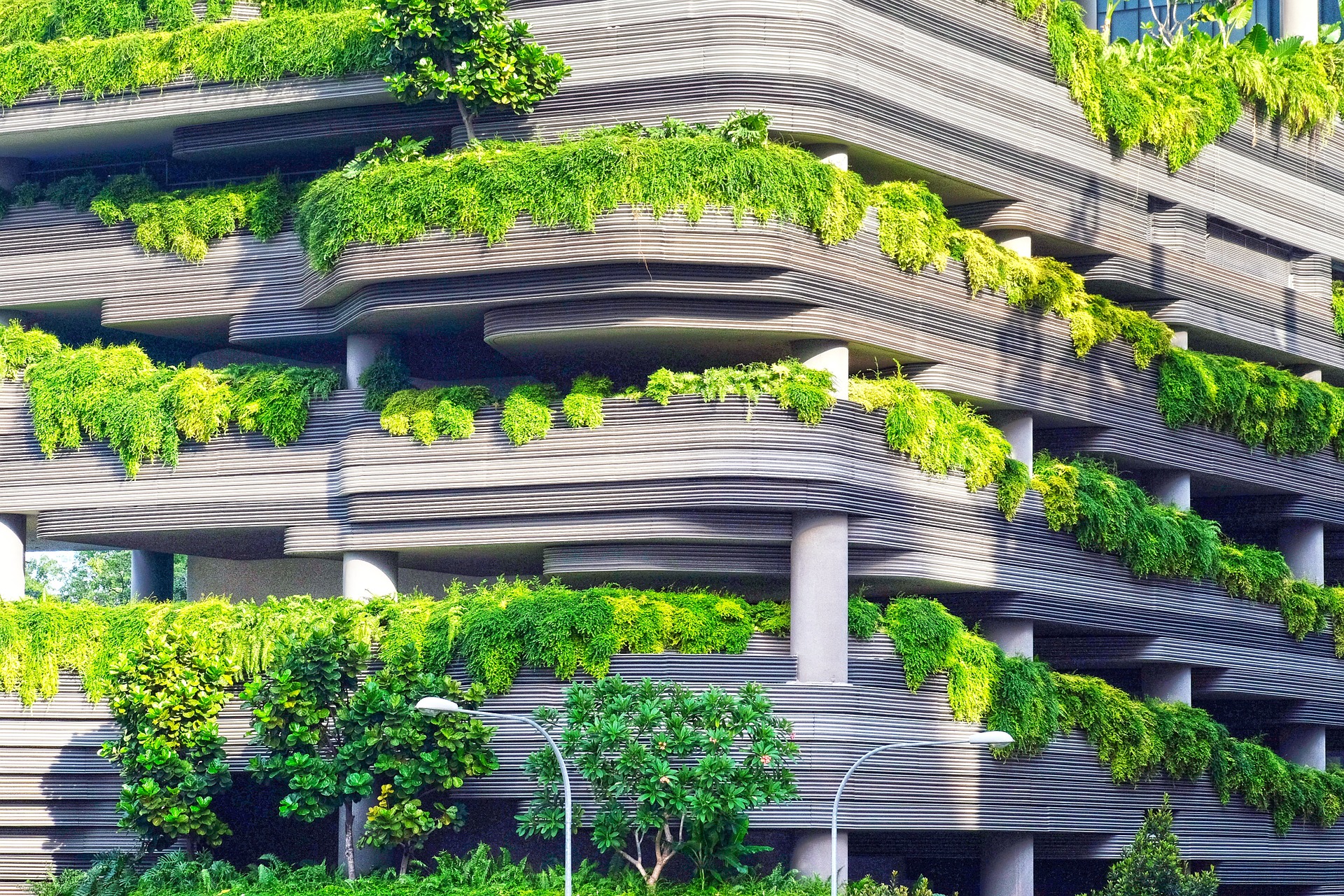We’ve heard it used to death on the television, on radio, and in the newspapers and other media. Everywhere we hear about living green, or green companies or processes. Confused? You have a right to be! Read on and find out what the whole “green” thing is all about.
Green Living Described
Green Living is a lifestyle that embraces the idea of sustainability, which reduces society’s use of the natural resources of the earth and of the people living on it. Green Living is also described as an attempt to live in an “eco-friendly” manner that is environmentally responsible. This has been popularized with the phrase of “leaving the smallest possible ecological footprint.
Beyond the actual definitions, Green Living is a method of helping our environment through a number of processes, not the least of which fit in the spirit of “reduce, recycle and re-use” whatever and where ever we can.
Depending on where you live, your actions may be considerably different than someone else.
Green Living for Rural Folks
Grow your own vegetables. If you have sufficient area and fertile soil, one of the things you can do that can reduce your need for money is to grow your own vegetables. Even a small garden can make a significant contribution to reducing the costs of your food, and you may be eating more healthy food as well.
This can be extended for such things as milk and meat if you have space and are so inclined.
Most people living in a rural environment have a larger amount of space than the typical urbanite, and this gives you the opportunity to explore alternate methods of generating at least some of the energy that you use. This could be solar electric or solar water heating, wind generation or even hydro-power. With a properly sized power generation facility and/or an eye on reducing your energy needs, you may even be able to produce all the power you need.
Beyond producing some or all of the energy you use, there are numerous ways you can conserve, and save money along the way. Seemingly simple things like turning lights out when you are not in the room or changing from incandescent to energy-efficient CFL twist lights (or both) can save significant amounts of energy.
Consolidate trips to town, getting everything you need on a single trip instead of several single-purpose ones.
Green Living in the Urban Environment
While the rural dweller may have the room to be able to produce some, if not much of their food, people living in an urban landscape have some significantly reduced opportunities. This doesn’t mean that you can blame it on your location, you just need to be a bit more creative. In fact, some of the same things the Urbanite can do are also applicable in a Rural setting.
Though it may seem a minor contribution compared to what can be accomplished in a rural setting, having plants around can help. First, plants convert carbon dioxide to oxygen as a by-product of photosynthesis. Even a small number of plants can help in regenerating the oxygen content in an urban area. Bear in mind that every little bit helps.
To save energy, as with the rural folks, turning off unneeded lights and replacing all bulbs with new energy-efficient ones can make a significant difference. Recently the price of CFL twist bulbs has come down to about the same as the old incandescent bulbs of yesteryear. Check your home and increase ceiling insulation to at least R30. Most homes are only insulated to R19, and many still do not have any insulation. Insulating the ceiling (usually in the attic or crawl space) can have the best return for the money.
If your utility district or fire department does home assessments, have yours done. They come in with a high sensitivity infra-red camera that can see even the smallest heat leaks. You’d be surprised to see just how much heat energy you lose through air exchange from outlets and switches and other unnoticed holes in your home envelope, like where pipes come into your kitchen. Inexpensive gaskets around behind outlet and switch plates, and expanding foam insulation around pipes coming through the wall or floor can go a long way towards making your home more energy-efficient and comfortable too.
As with a rural dweller, try to consolidate trips, and if possible, use public transportation or even a bike for shorter trips. You will get into better shape while you save money and help the environment.
Conclusion
No matter where you live, there are ways you can conserve energy, leading to a more green approach to life. Everywhere you look, you can probably see ways to conserve, and though this article has focussed on mostly reducing your need for energy or reducing the waste of energy, there are numerous other ways to help live a “green” life. Recycling our cardboard and paper, glass and other sortable wastes reduce the need for landfills, thus providing a benefit to our environment. Re-using what we can is yet another way to reduce the need to produce new products, thereby saving us money and our environment at the same time.
To get a FREE report titled “Renewable Energy And Other Money Saving Secrets For Your Home” and sign up for an email newsletter by Rick Dayle with lots of information about these and other topics concerning Green Energy, go to: [http://www.secretsofgreenenergy.com/subscribe/]
Article Source: https://EzineArticles.com/expert/Rick_Dayle/654879

Leave a Reply